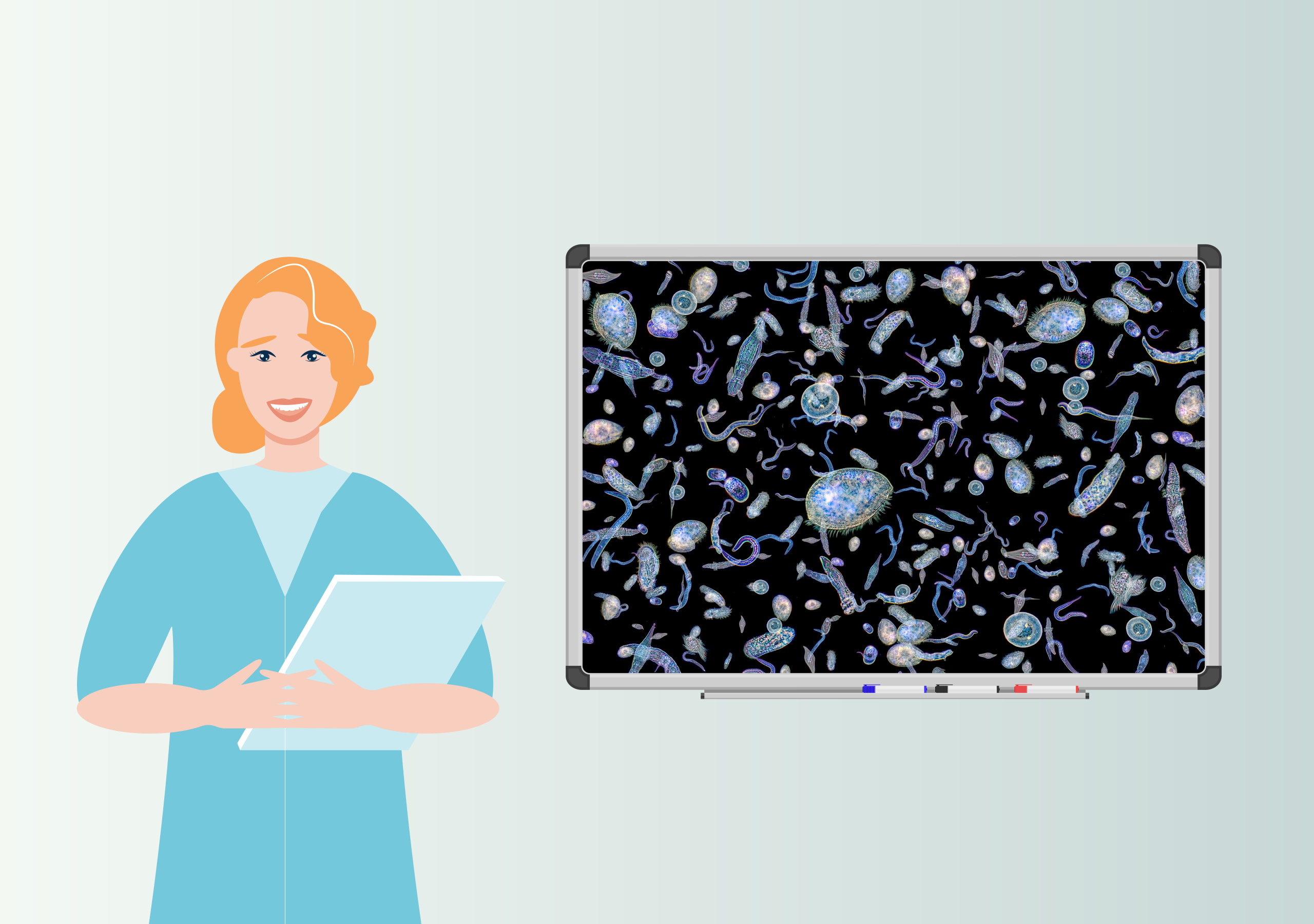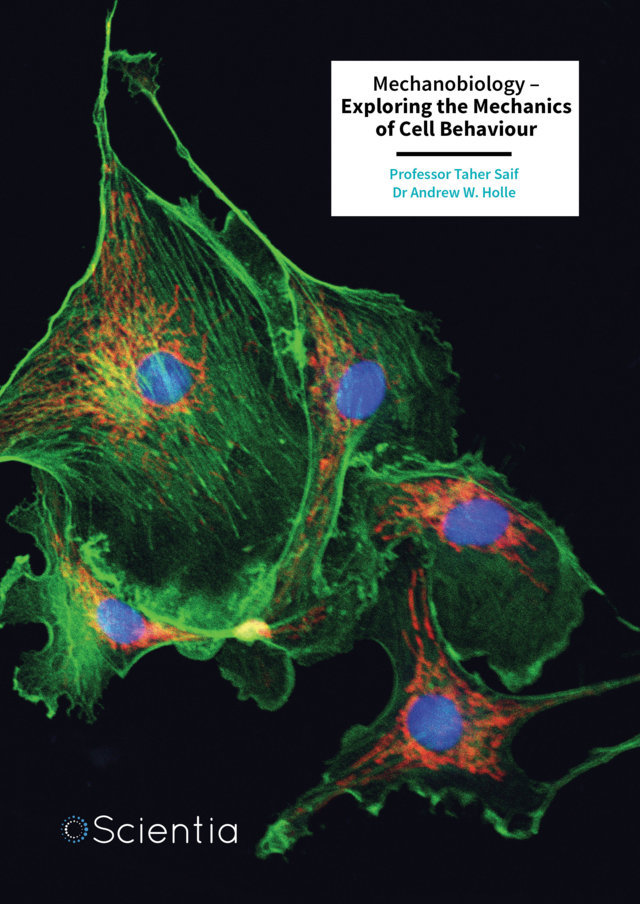Facial reconstruction is one of the most challenging fields in cosmetic and reconstructive surgery. When patients undergo skin transplants to address large facial defects, the surgeon’s goal is to restore both the function and appearance of the face in a way that integrates seamlessly with their natural features. Dr Xusong Luo, Dr Lin Lu and their colleagues at Shanghai Ninth People’s Hospital have developed an innovative approach that offers a promising new option for repairing large facial defects, particularly in children born with giant congenital melanocytic nevi.More
Giant congenital melanocytic nevi are large, pigmented birthmarks that can cover extensive areas of the face and sometimes pose a risk of developing into skin cancer. These large and complex facial defects can have a profound psychological impact on patients, particularly children, who may experience bullying or social stigma. Even in adulthood, visible facial differences can affect self-esteem and mental wellbeing. Addressing these defects through surgical reconstruction is not only a medical necessity but also an important step in improving a patient’s quality of life.
Surgery for repairing giant congenital melanocytic nevi involves removing the pigmented skin, and then covering the wound with grafts. Surgeons typically take skin flaps from the patient’s neck or chest to make these repairs on the face. However, taking a skin flap from these donor sites has limitations, requiring complex microsurgical techniques and sometimes resulting in complications such as poor blood supply or necrosis of the skin flap.
The new surgical approach developed by Dr Xusong Luo, Dr Lin Lu and their colleagues uses expanded scalp flaps, which are sections of skin from the scalp that have been stretched over time to provide enough tissue for transplantation.
In this process, a surgeon inserts a soft tissue expander, which is a balloon-like medical device, under the skin on a patient’s scalp. Over several weeks, the expander is gradually filled with saltwater, which causes the skin to stretch and grow. Once the skin has expanded sufficiently, it is used to cover the facial defect.
The scalp is a particularly good source of donor skin because it has a rich blood supply, which helps to ensure that the transplanted skin survives and heals well. The skin of the scalp is also more similar in colour and texture to the face than skin from other donor sites. When expanded, it can provide a large enough flap to cover multiple areas of the face in a single procedure. Additionally, because the scalp is a less visible donor site, scarring is less of a cosmetic concern for the patient. This is particularly important for children, who may already be facing psychological challenges due to their large facial defect.
However, one major downside of using the scalp in facial reconstruction is its thick hair growth. To address this, the new approach by Dr Luo, Dr Lu and their colleagues combines soft tissue expansion with laser hair removal.
In a four-year study, the researchers treated 17 patients using this method, most of whom were children. These patients had giant congenital melanocytic nevi that spanned across multiple facial features, including the forehead, nose, cheek, and eyelids.
The research team’s process involved three surgical stages. First, they placed soft tissue expanders under the scalp and gradually inflated them with saltwater over time to stretch the skin. Next, they carefully harvested the expanded scalp skin and used it to reconstruct the facial defects after removing the pigmented skin. Finally, they refined the transplanted skin and performed hair removal on it using a laser.
All 17 patients successfully underwent the procedure, requiring an average of 3 to 4 surgeries. Out of the 17 patients, 16 reported being satisfied with the outcome. Only one patient was unsatisfied due to some scarring. The flaps not only survived but also provided good aesthetic results, blending well with the surrounding skin.
Laser hair removal played a critical role in this success, as it significantly reduced unwanted hair growth in the transplanted scalp tissue. On average, patients underwent 4 to 5 laser treatments. Microscope analysis confirmed that the hair follicles had atrophied, leading to a smooth, natural-looking result.
One of the most important aspects of any skin transplant is ensuring that the new tissue remains healthy. If the transplanted skin does not receive enough blood, some of this tissue can die due to a lack of oxygen and nutrients. This can lead to serious complications, requiring additional surgery.
However, Dr Luo, Dr Lu and their team found that the expanded scalp flaps maintained a strong blood supply. Additionally, the team monitored for any issues with blood vessels that could affect the success of the transplant. Fortunately, the scalp’s rich vascular network helped ensure that the new tissue remained healthy and functional.
The team also found that the texture and thickness of the expanded scalp skin closely matched that of the facial regions it was used to repair. In some cases, additional thinning procedures were required to make the transplanted skin more delicate, particularly for areas like the eyelids, but overall, the transplanted tissue adapted well.
The work by Dr Luo, Dr Lu and their colleagues demonstrates that the scalp can be a valuable donor site for facial reconstruction, particularly for paediatric patients with giant congenital melanocytic nevi. This method simplifies treatment by reducing the need for complex microsurgical techniques and provides a new option for reconstructive surgeons.
While more research is needed to assess long-term outcomes, particularly for paediatric patients as they grow, this approach represents a significant advancement in the field of facial reconstruction. With further refinement and wider adoption, expanded scalp flaps with laser depilation could become a standard treatment for complex facial defects, offering hope to many patients.







